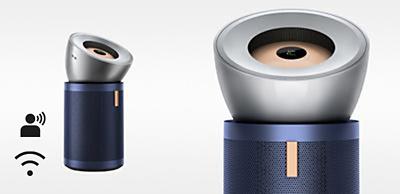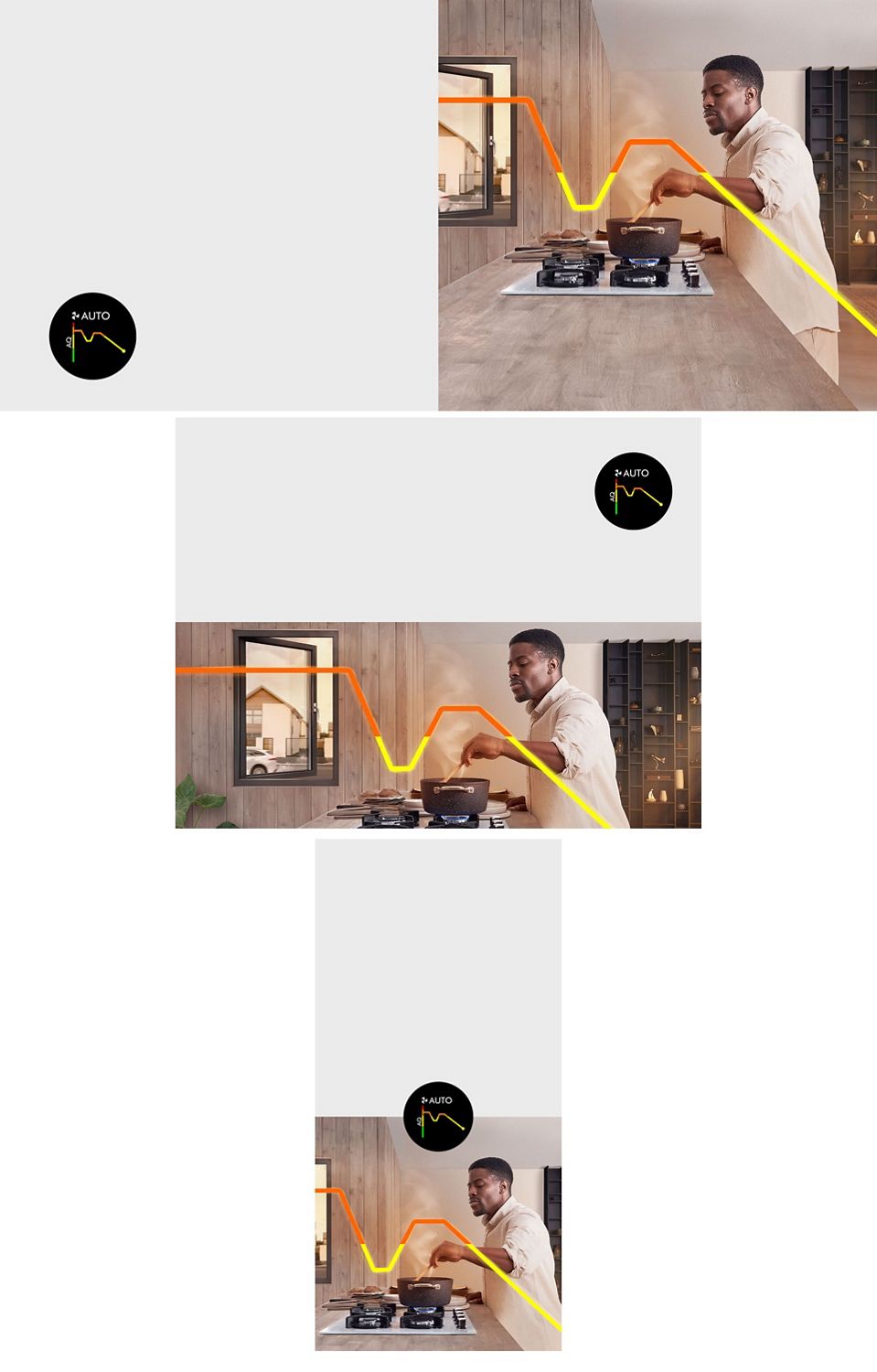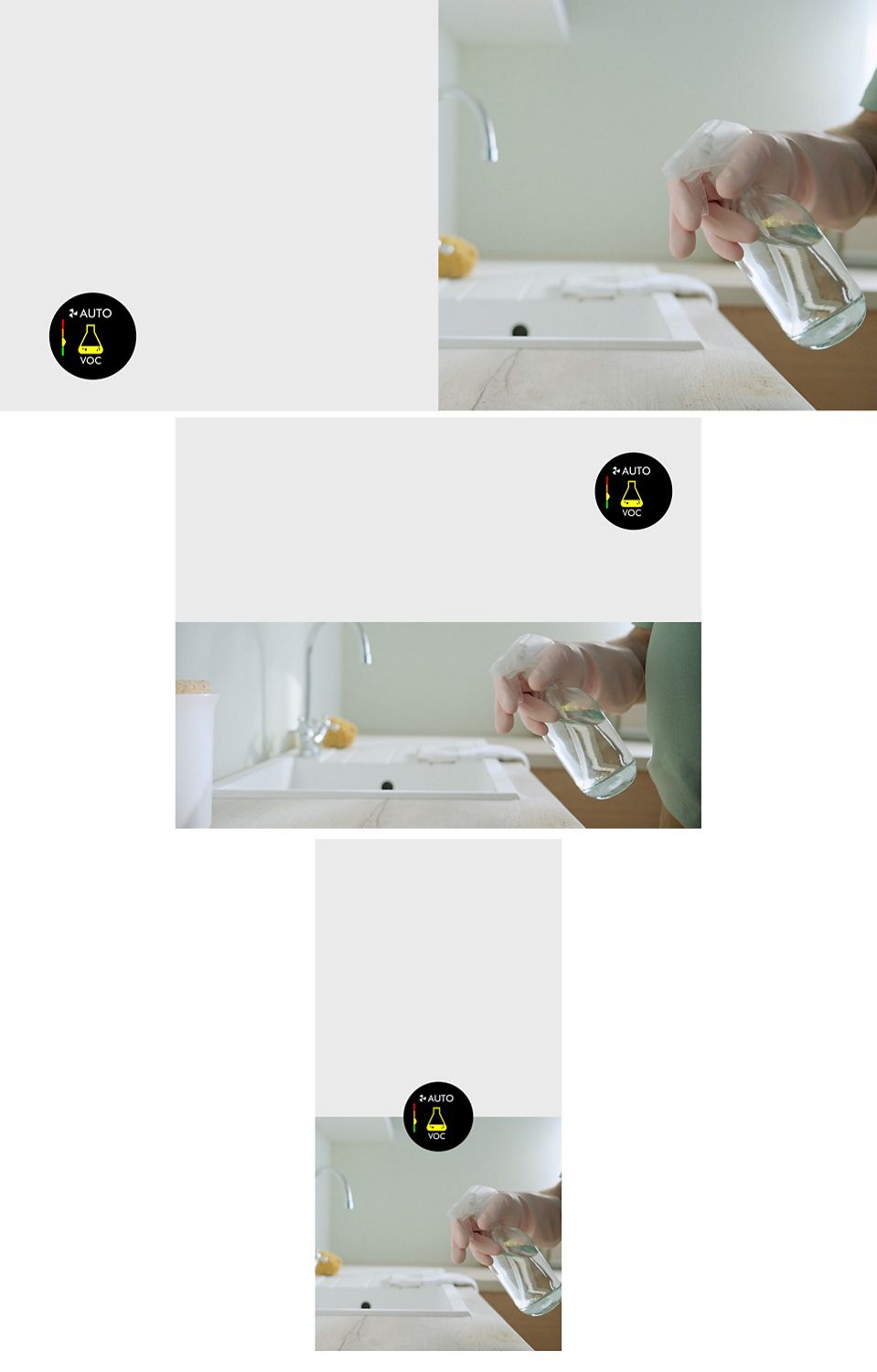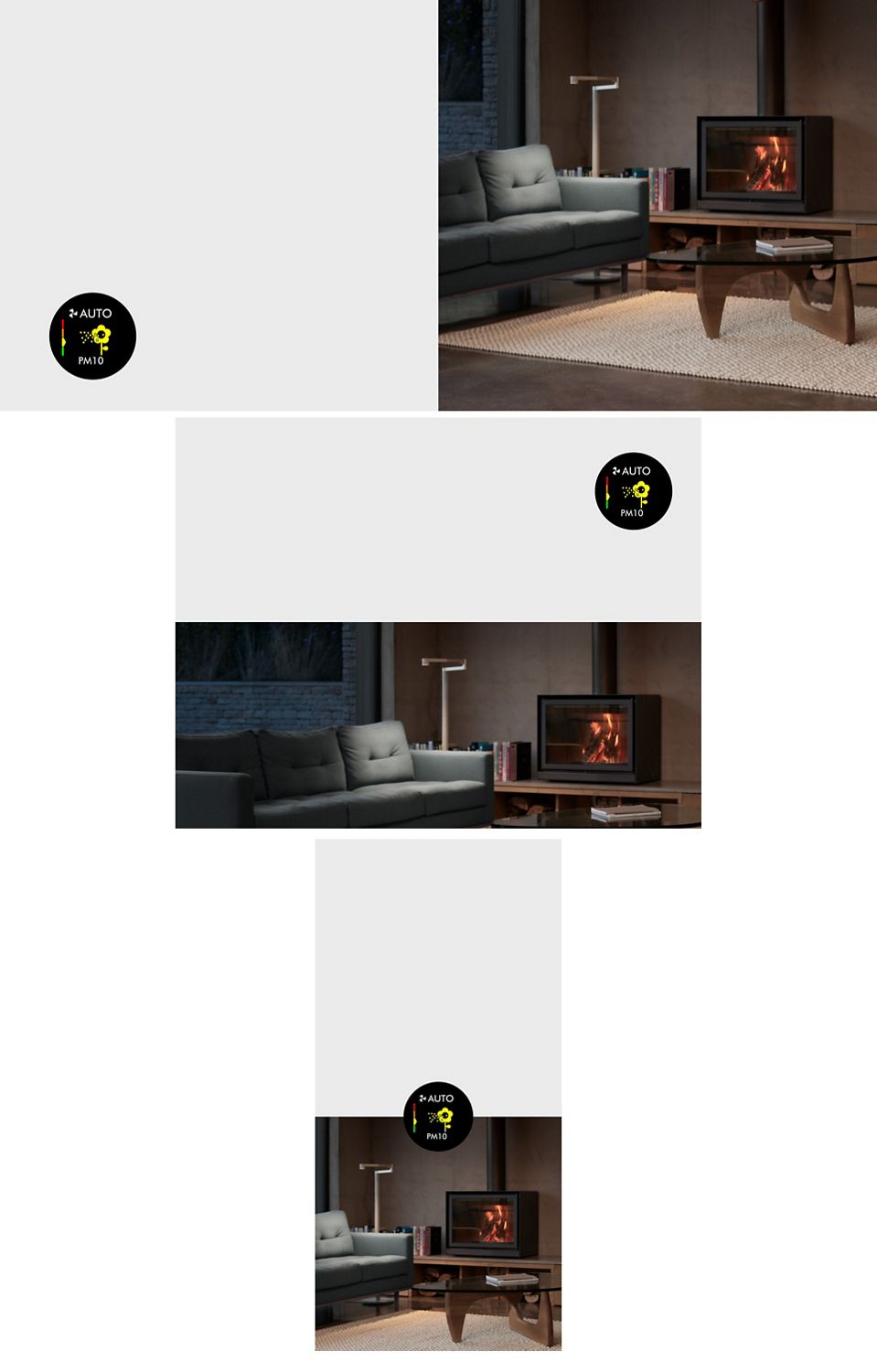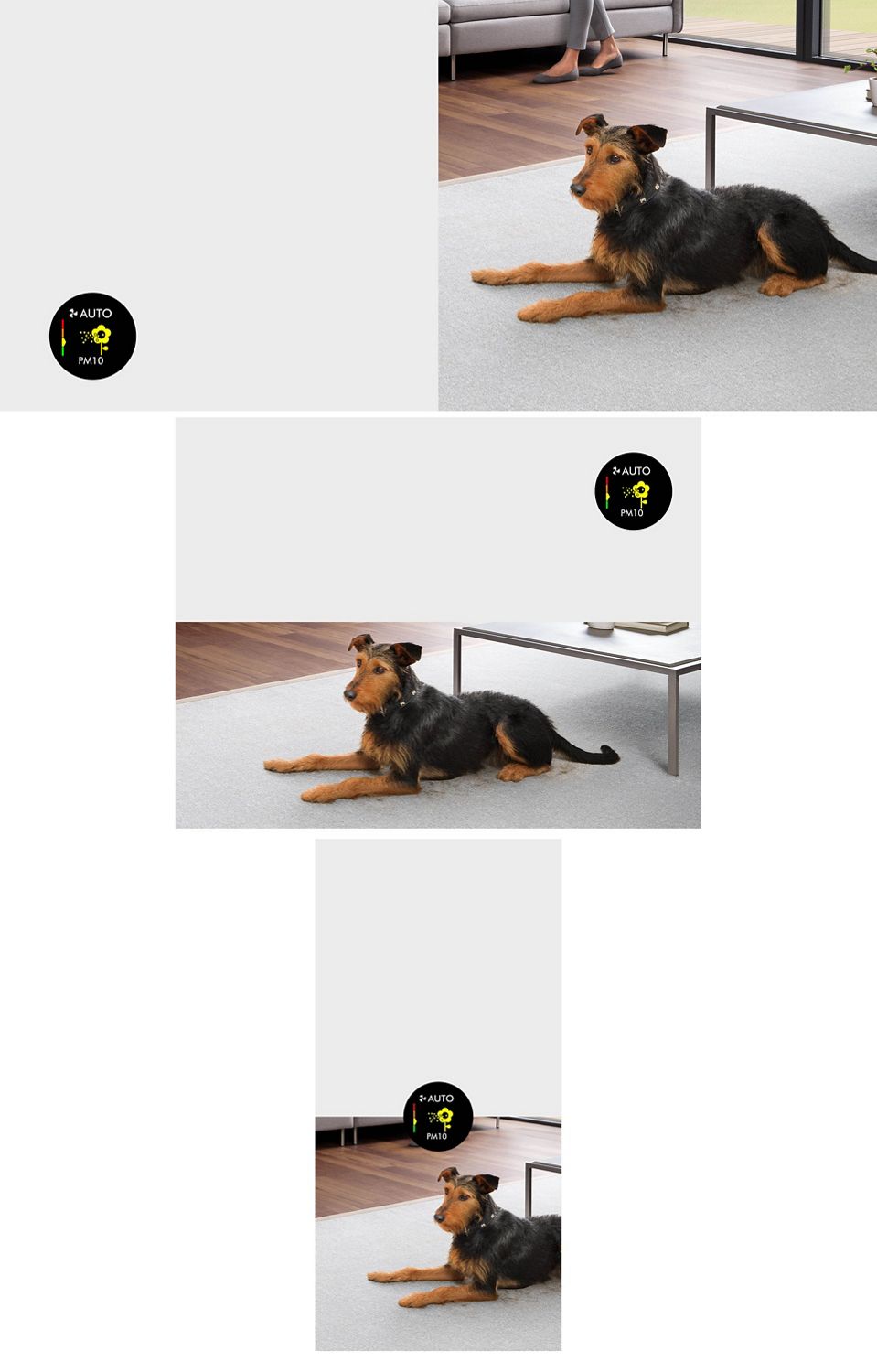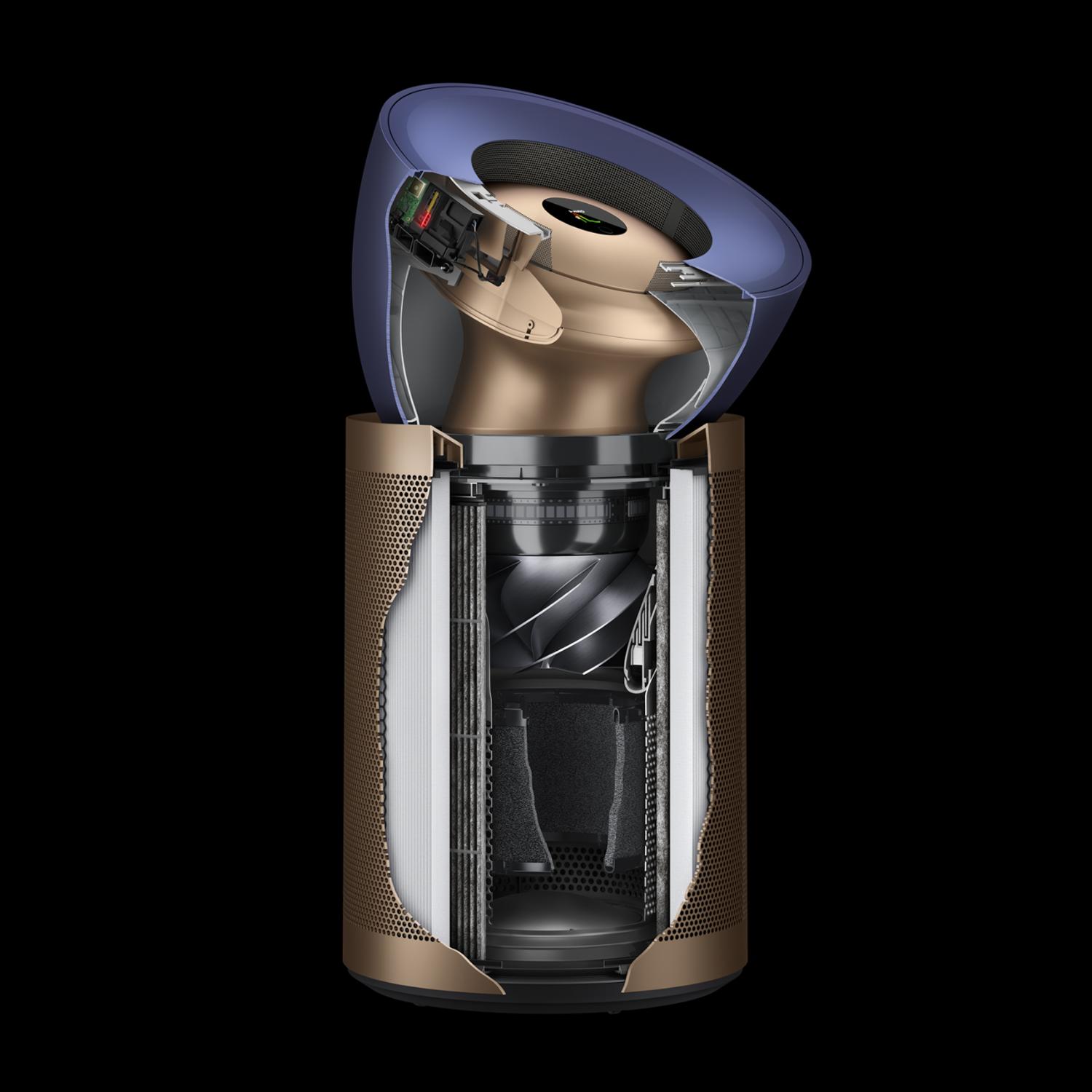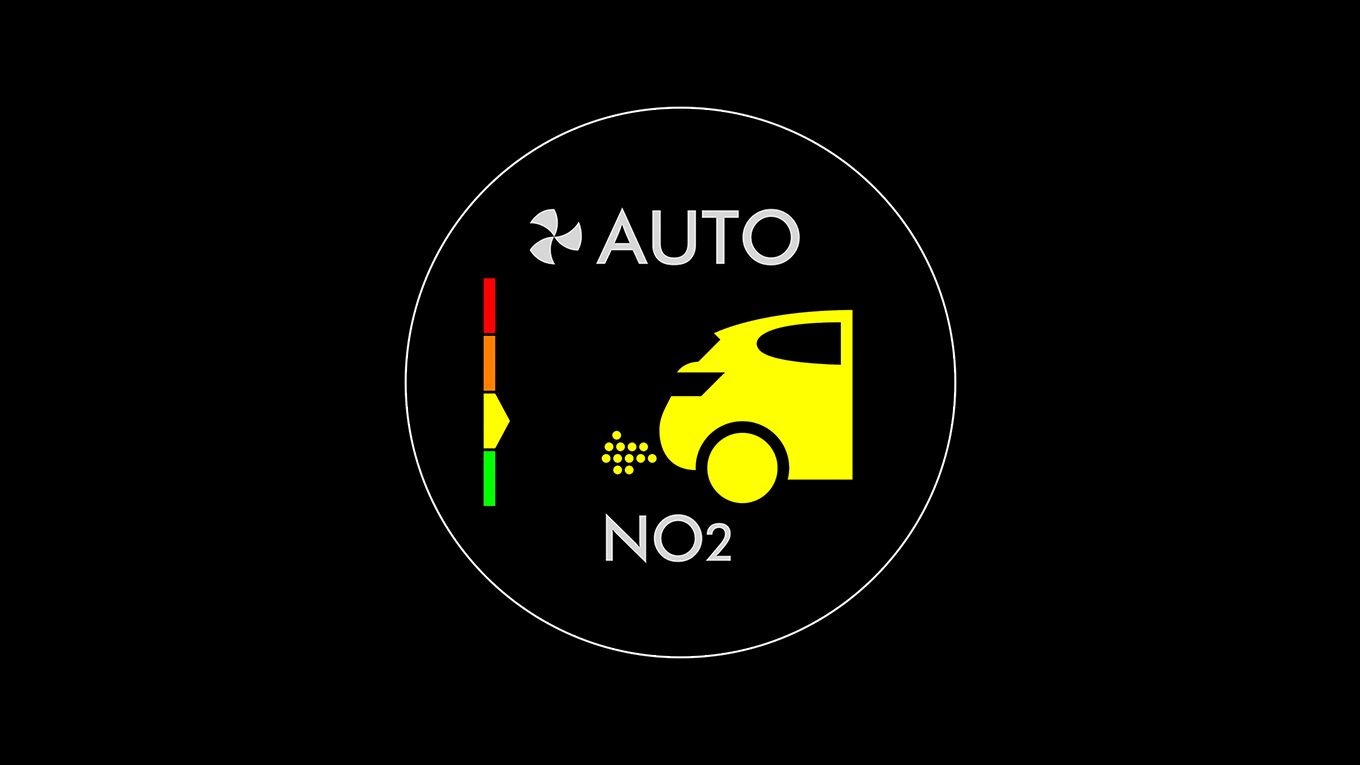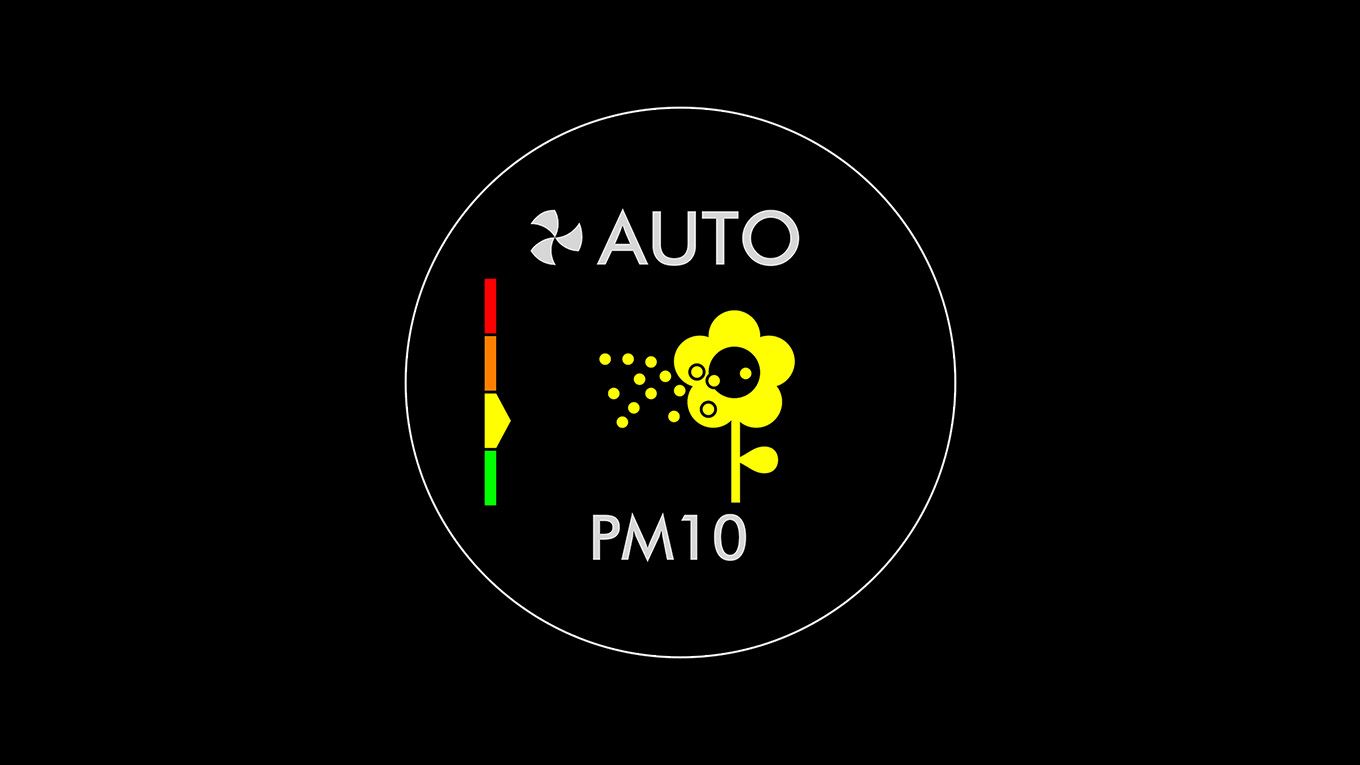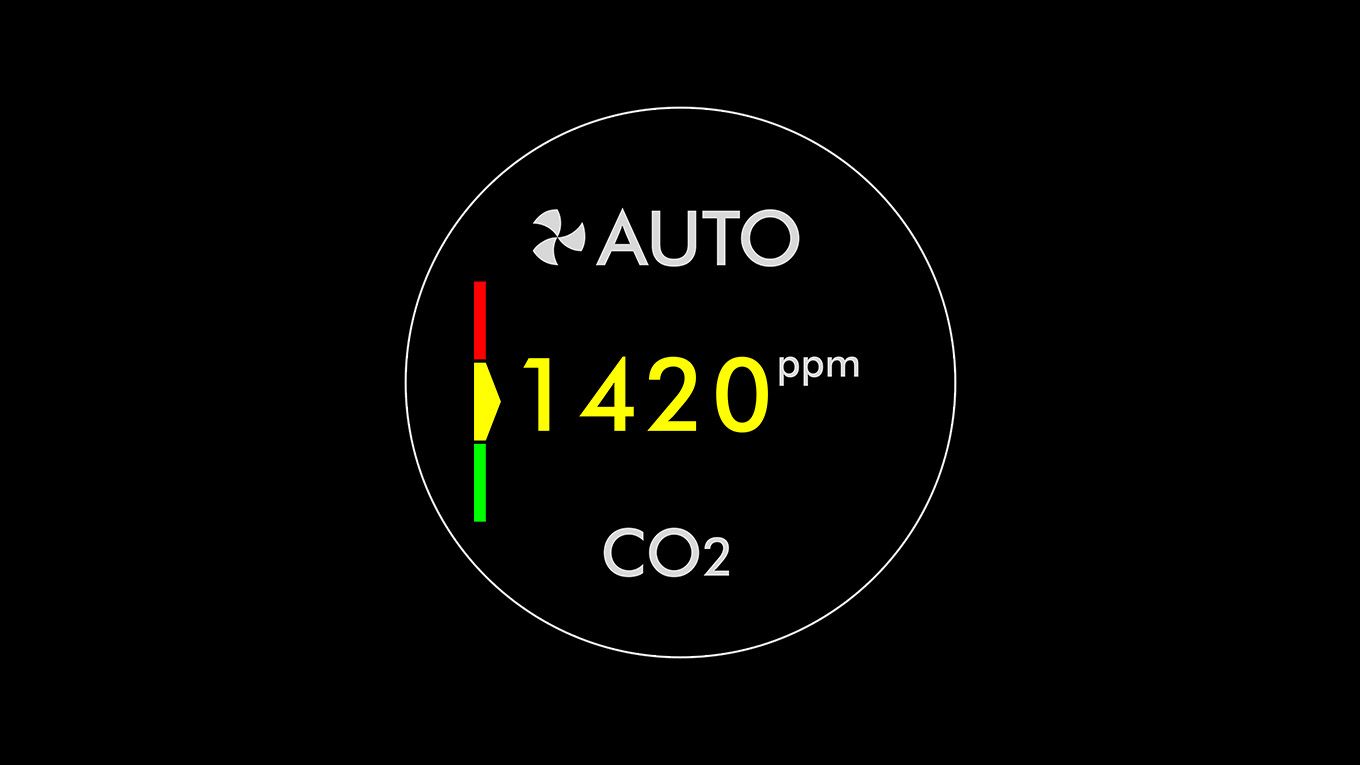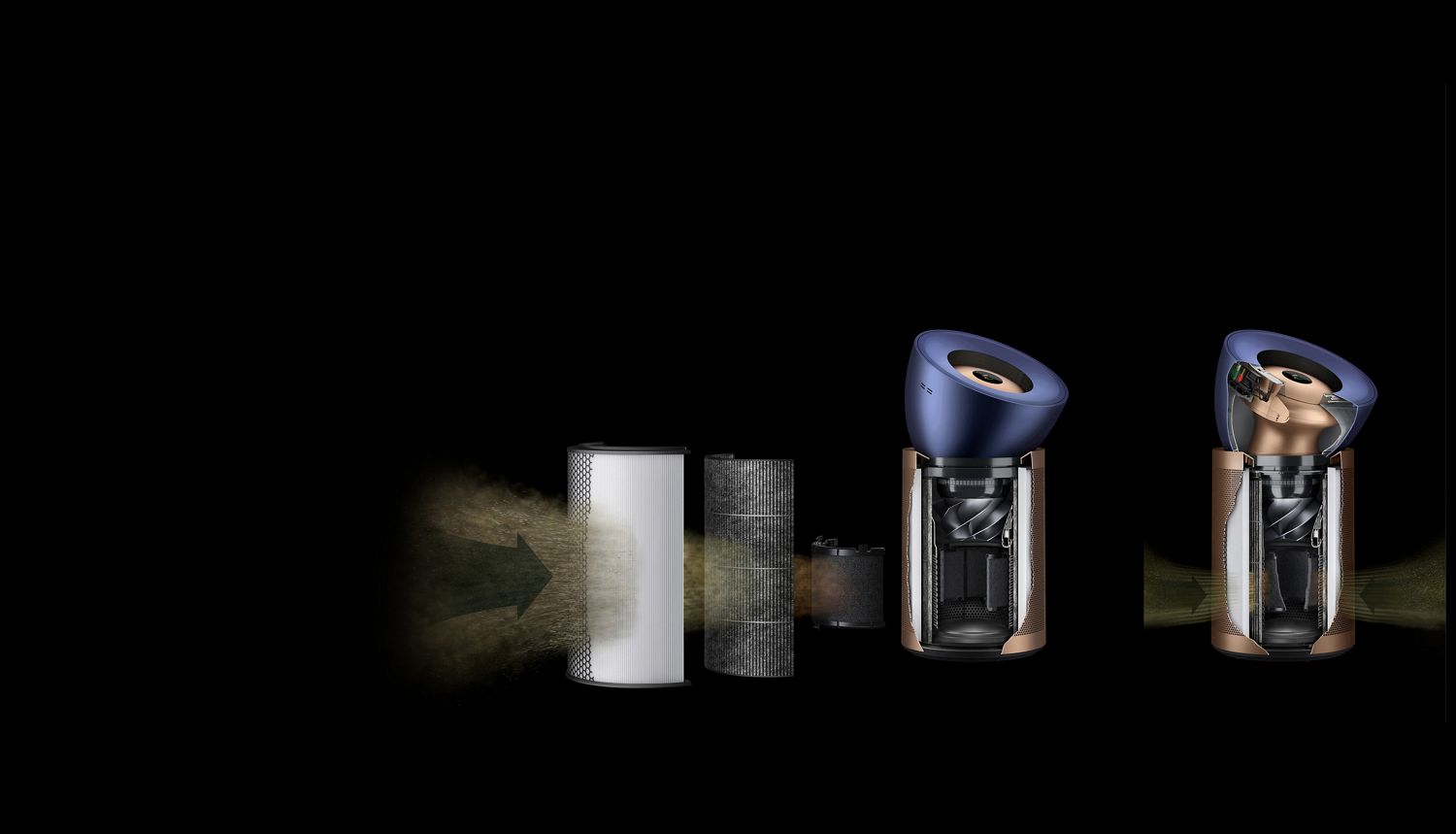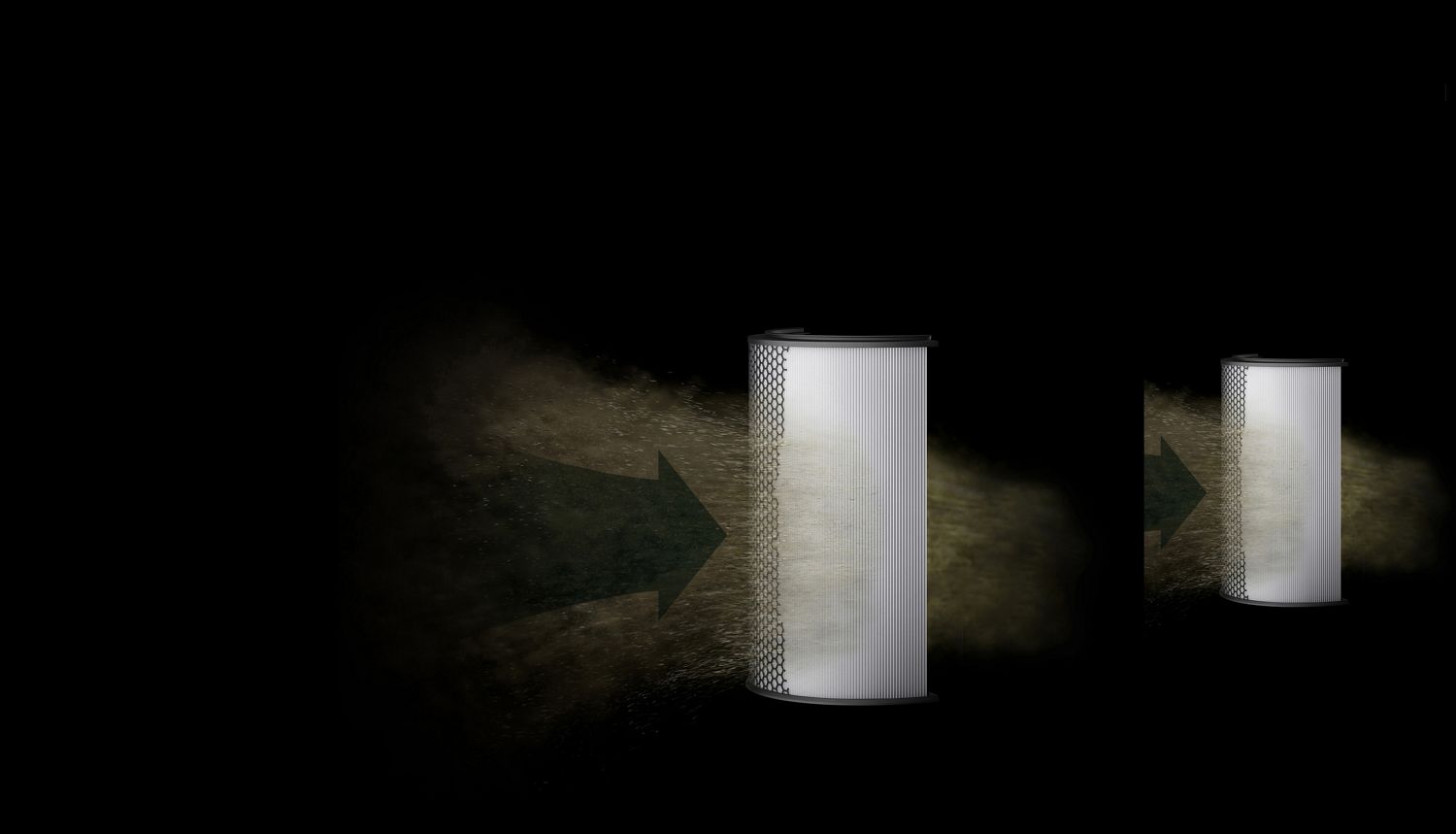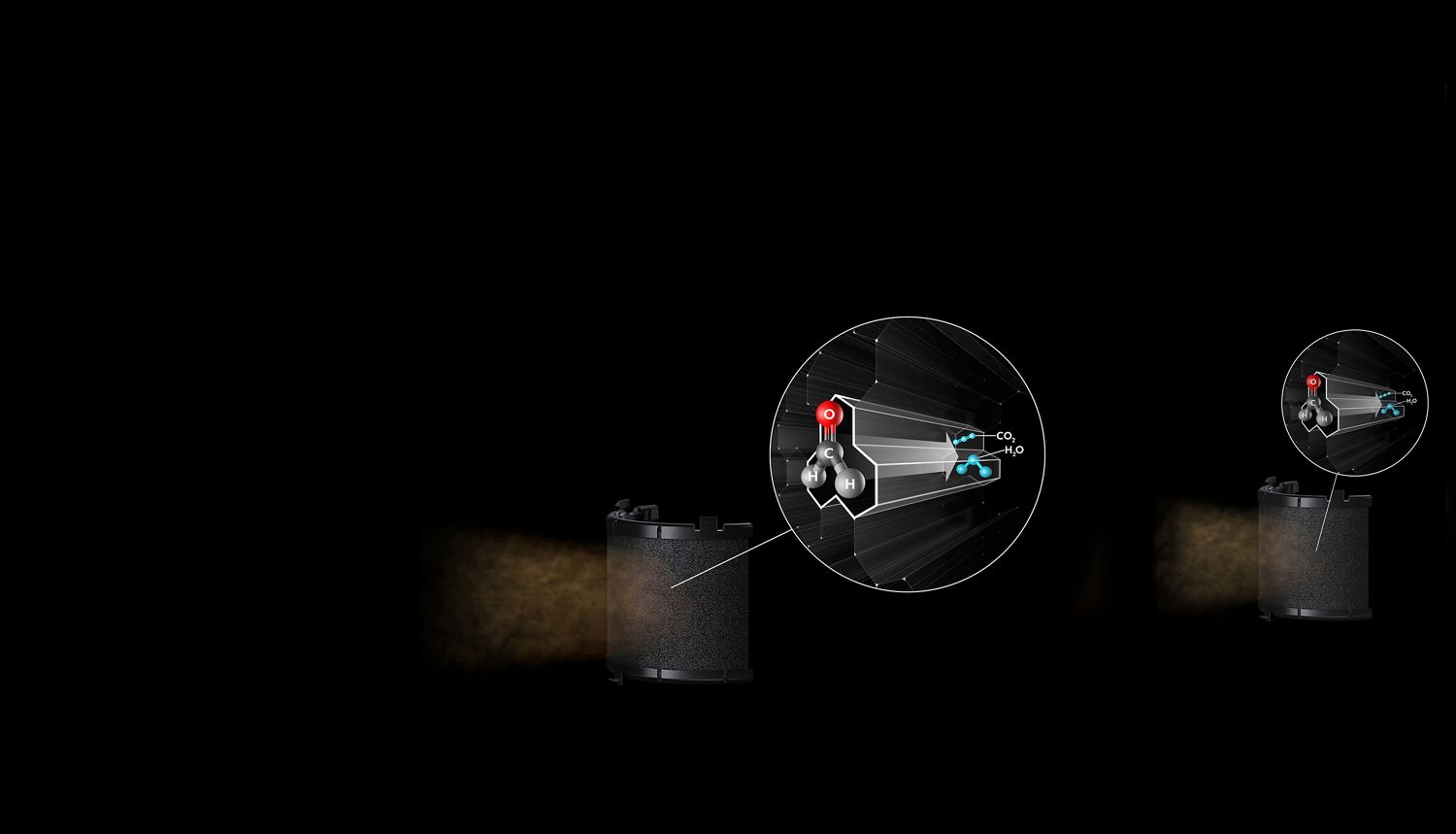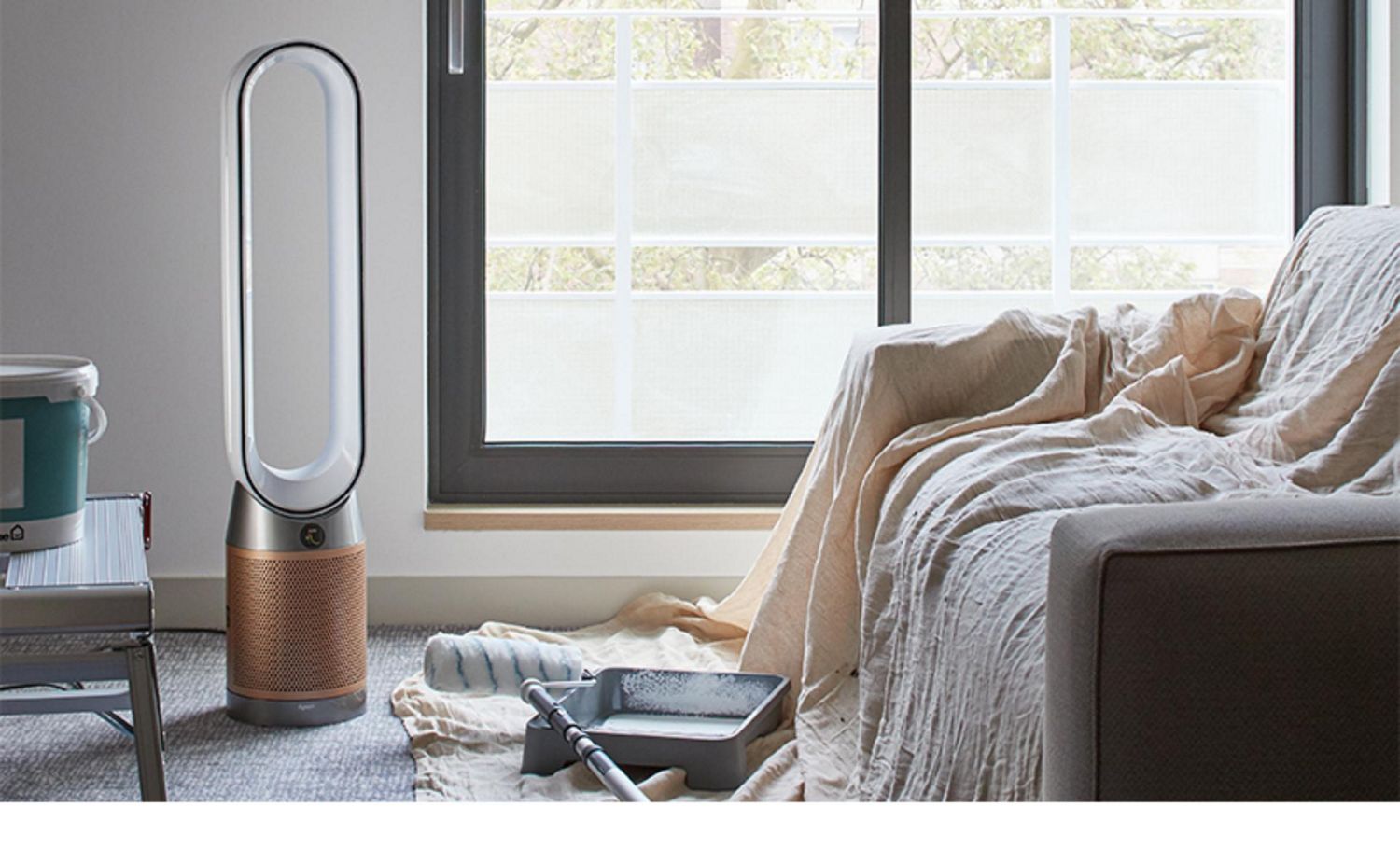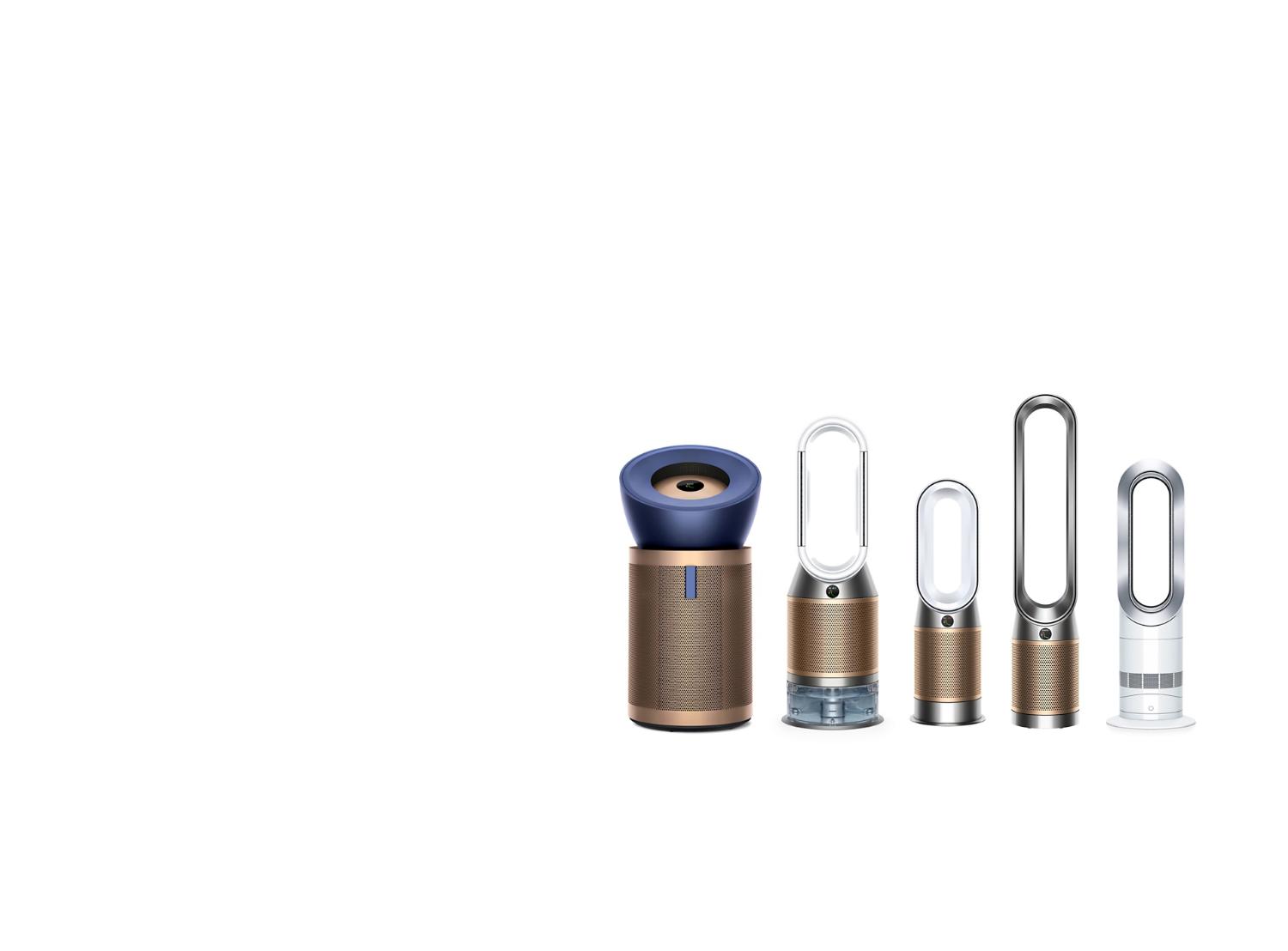
Latest technology
Projects air over 32 feet to purify large spaces.¹ Quietly.
Our most advanced purifier removes 99.97% of microscopic particles as small as 0.3 microns⁶, such as allergens – for a healthier home environment.
Captures three times more NO₂, a common urban pollutant.²
Also destroys formaldehyde⁷ – emitted by some home furnishings.
And cools you, when required.
Only at Dyson: K-Carbon filter and CO₂ sensor on select models
Our most powerful and advanced air purifier
-
Cools you with purified air
Projects a powerful stream of purified airflow to keep you cool, whatever you’re doing. Or in Breeze mode creates the refreshing feeling of being outdoors.
-
Acoustically engineered for light sleepers
In Night mode, the dimmed display and 88% quieter fan³ lets you breathe cleaner air and sleep peacefully.
-
Dyson’s most advanced odour remover
As well as capturing invisible, odourless pollutants and allergens including pollen, it’s also our most advanced purifier for removing unpleasant household smells.
Choose your model
Sensing. Filtration. Projection.
Three essentials to look for in an air purifier

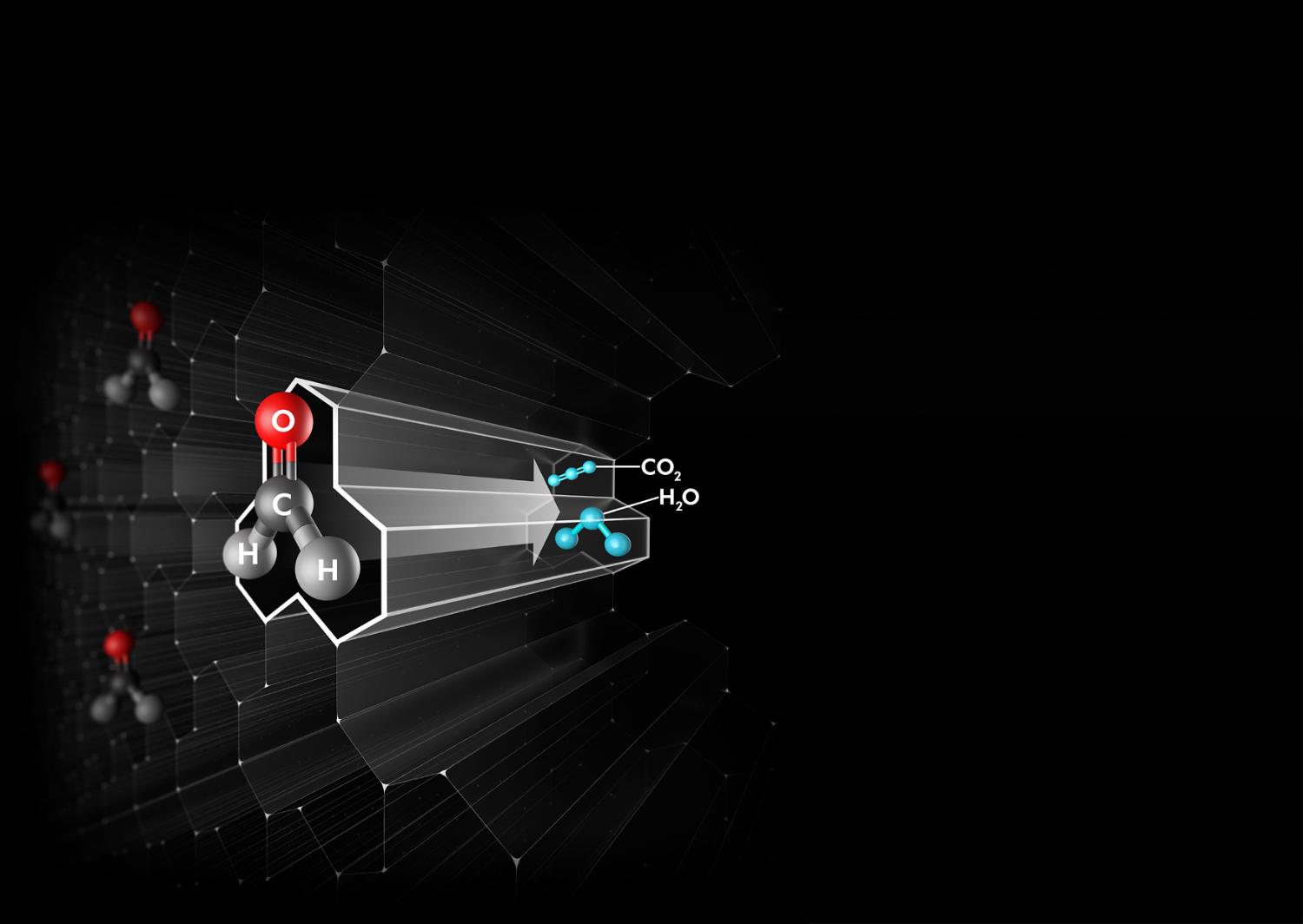

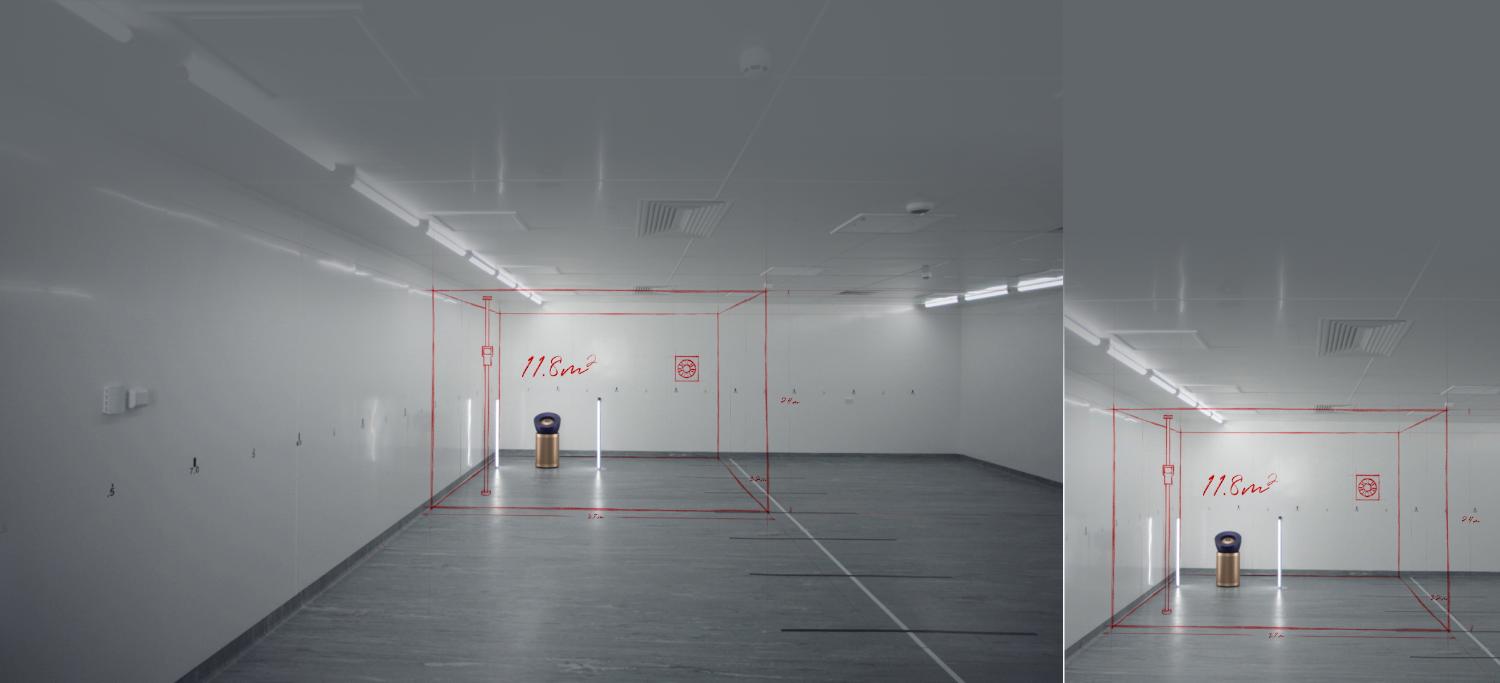
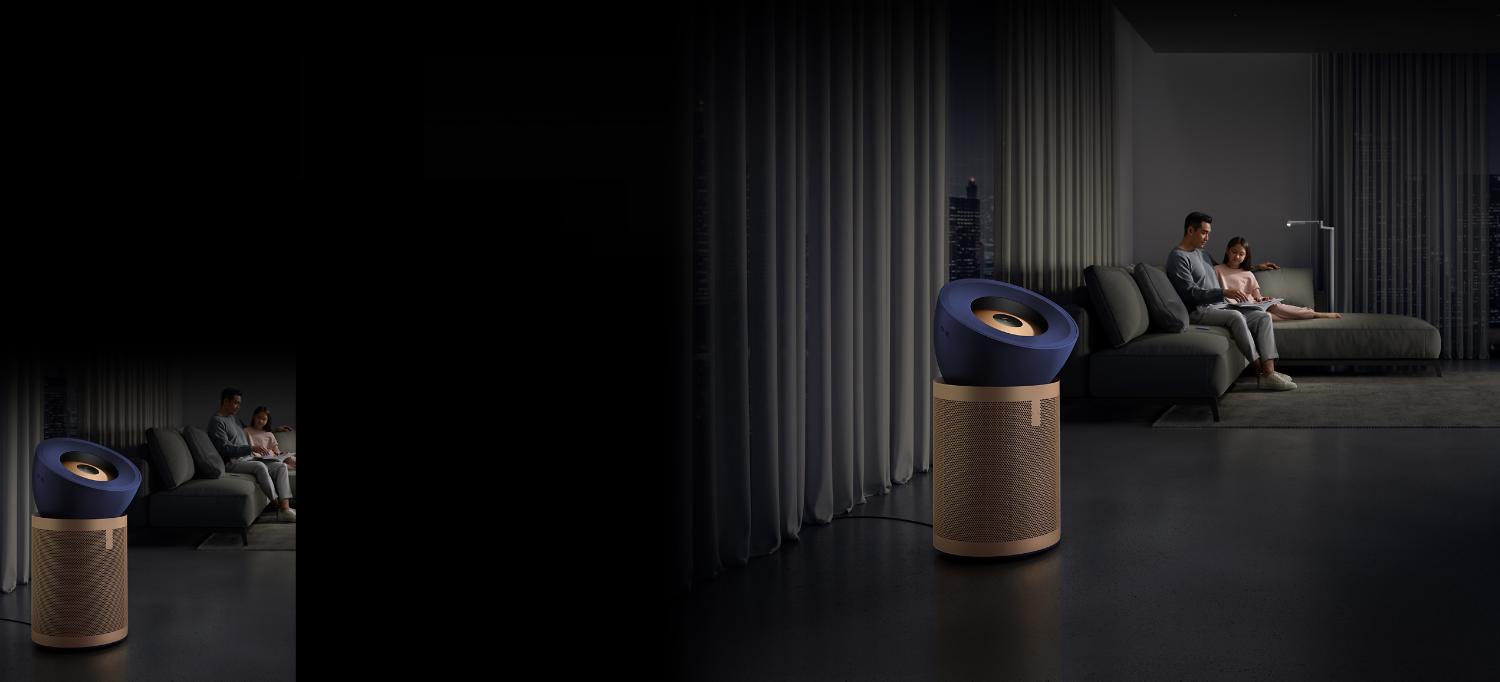

Frequently asked questions
What’s new about the Dyson Purifier Big+Quiet range?
While our current generation of purifiers circulate clean air around the whole room, the Dyson Purifier Big+Quiet projects air over 32 feet, creating the circulation power to purify large spaces.¹ Featuring our most advanced filtration system yet, the Big+Quiet captures 99.97% of ultrafine pollutants as small as 0.3 microns⁶, gases⁵ and destroys formaldehyde.⁷ It’s also acoustically engineered to operate quietly – even at its highest power setting.
What size room can the Dyson Purifier Big+Quiet Formaldehyde purify?
We've tested the Dyson Purifier Big+Quiet extensively – to ensure the sensors, filtration system and motor work together to purify large living spaces. It has the projection power to purify spaces up to 100m².
How does the machine purify a whole room?
We’ve re-engineered the Big+Quiet to deliver three key features to purify a large spaces.¹ Long-range projection creates the circulation power to draw even distant pollutants into the purifier. Our integrated sensor system detects and reports pollutants from around the room. Finally, three phases of purification sit within the machine, fully sealed to HEPA H13 grade. Capturing gases⁵, odours, ultrafine particles⁶ and destroying formaldehyde.⁷ Purified air is then projected back into the room and the cycle repeats.
What is formaldehyde and why is it important?
Formaldehyde is a colourless and potentially harmful gas found in some household furnishings and products. Sources of formaldehyde include some woods, glues, paints, varnishes, air fresheners, mattresses, household cleaners, and some fabrics found in household flooring, carpets and furniture. Formaldehyde can continue to be emitted for years, which means the gas can build up in your home. The Dyson Purifier Big+Quiet Formaldehyde range features a lifetime Selective Catalytic Oxidation (SCO) filter which traps formaldehyde in tunnels, breaking it down into water and CO₂, and never needs to be replaced.
Can I leave my Dyson air purifier on all the time?
Dyson purifiers perform at an optimal level when used in Auto mode. This mode means the purifier will constantly monitor your air quality, automatically sensing and capturing pollutants. It will adjust airflow speed, and only purify or use energy when it’s necessary. The Dyson Purifier Big+Quiet range offers enhanced energy efficiency, providing nearly double the clean air delivery rate per watt, compared to our current generation of purifiers.
¹ Purifying a large room up to 100m² proven with computational fluid dynamics (CFD) modeling with purifier placed in a corner of the room, running at maximum flow and horizontal projection. Projection distance measured from internal flow reach testing. Actual performance in real life conditions may vary.
² Compared to absorption by the standard carbon filter in Dyson Purifier Big+Quiet Formaldehyde (BP03).
³ Vs. highest fan speed.
⁴ Particle challenge by DEHS oil specified in EN1822 within a chamber specified in ASTM F3150. Tested in Max mode for whole-machine efficiency above 99.95%.
⁵ Tested to JEM 1467 (acetic acid, acetaldehyde, ammonia), GB/T18801 (formaldehyde, benzene) and DTM-003282 (NO2). Gas capture rates vary.
⁶ Tested to IEST RP-CC001.
⁷ Third party full-machine testing based on GB/T 18801-2022 formaldehyde cumulative clean mass testing with continuous injection until plateau of formaldehyde CADR is achieved. Results may vary in practice.
⁸ App functionality may vary per market. Requires Wi-Fi and app-enabled device. Standard data and messaging rates may apply. Requires iOS version 10 or above, or Android version 5 or above. Your mobile device must have Bluetooth® wireless technology 4.0 support. The Bluetooth® word, mark and logos are registered trade marks owned by the Bluetooth SIG, Inc. and any use of such marks by Dyson is under license. Apple, the Apple logo and Siri are trademarks of Apple Inc., registered in the U.S. and other countries. App Store is a service mark of the Apple Inc., registered in the U.S. and other countries. Google Play, the Google Play logo, Google Assistant are trademarks of Google Inc.









